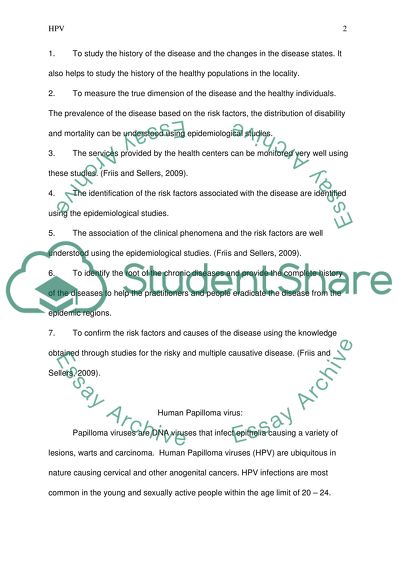Cite this document
(“Epidemiology Research Paper Example | Topics and Well Written Essays - 1750 words”, n.d.)
Retrieved from https://studentshare.org/nursing/1445698-epidemiology
Retrieved from https://studentshare.org/nursing/1445698-epidemiology
(Epidemiology Research Paper Example | Topics and Well Written Essays - 1750 Words)
https://studentshare.org/nursing/1445698-epidemiology.
https://studentshare.org/nursing/1445698-epidemiology.
“Epidemiology Research Paper Example | Topics and Well Written Essays - 1750 Words”, n.d. https://studentshare.org/nursing/1445698-epidemiology.


